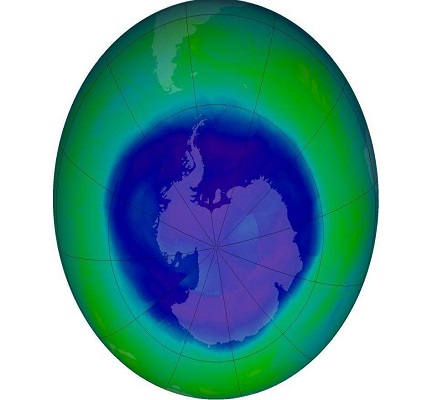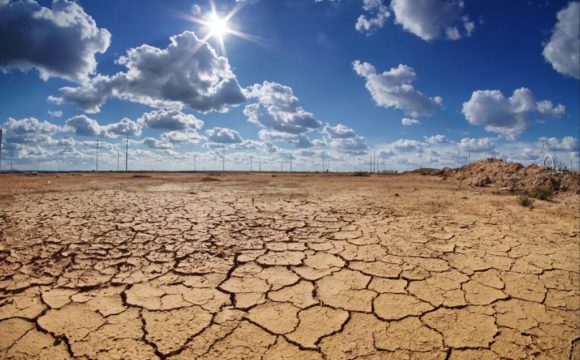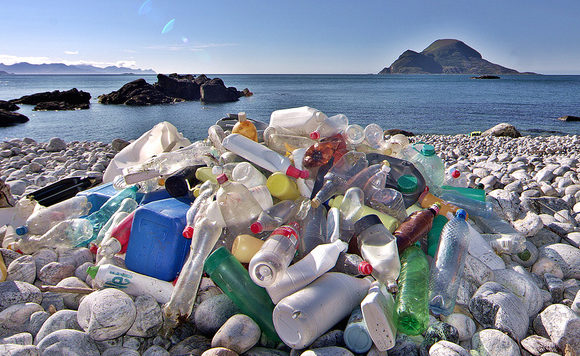The well-known ozone layer is a shield of gas, floating 20 to 30 Km above the Earth’s surface, which protects us from harmful radiation. Around 30 years back the Montreal protocol was brought into force to prevent the depletion of the ozone layer when a hole was discovered. The Montreal protocol brought about the stabilization of the ozone layer, preventing or slowing the depletion by restricting the emission of chlorofluorocarbons and hydrofluorocarbons. These were believed to persist in the environment for long periods of time, depleting the ozone layer.
Since then, satellites monitoring the ozone hole have reported no signs of recovery. One reason why there doesn’t appear to be any signs of improvement could be because of the atmospheric conditions. NASA in 2013 found that heat and wind in the Earth’s stratosphere changes the average size of the ozone hole from one year to the next. In 2016, it was found that the fluctuations were due to an unusually warm stratosphere.

Radiation is only partially absorbed by Earth’s ozone layer thanks to damage done by chemicals, and now a new threat is emerging
(Image Source: Designua/Shutterstock)
A recent study has showed that short-lived substances such as dichloromethane are now a threat to the ozone layer since they are not regulated by the Montreal protocol. Due to their relatively short atmospheric lifetimes (typically less than 6 months) and their correspondingly low ozone depletion potential, they are not regulated by the Montreal protocol. However it was recently discovered that their levels in the atmosphere has increased by 60 % during the last ten years, and in these concentrations dichloromethane and its degradation products can harm the ozone layer. They are usually used in paint strippers, agricultural fumigation, production of pharmaceuticals etc.
The study was carried out by an international team of researchers led by David Oram of UK-based University of East Anglia. The study was published in the Atmospheric Chemistry and Physics journal. The team measured air pollution in East Asia to find out where the increase in dichloromethane was coming from and if it could affect the ozone layer. They estimated that China may be responsible for 50-60 % of the current global emissions of dichloromethane, along with other Asian countries such as India which are also significant sources.
The substance in question was not considered harmful before, as they were “generally thought to be too short-lived to reach the stratosphere in large quantities,” explained Oram. “We expected that the new emissions could be coming from the developing world, where industrialization has been increasing rapidly”.
Emissions of ozone-depleting chemicals from places like China are particularly damaging because of cold-air surges in East Asia that can quickly carry industrial pollution into the tropics. “It is here that air is most likely to be uplifted into the stratosphere,” says co-author Matt Ashfold. This implies that the chemicals can reach the ozone layer before they are degraded and they can still cause damage.
Researchers are now expressing the need to expand the Montreal Protocol to include more harmful substances. Until then, scientists will continue to monitor the fluctuations in the ozone hole.
References:
Oram, D. E., Ashfold, M. J., Laube, J. C., Gooch, L. J., Humphrey, S., Sturges, W. T., … & Abu Samah, A. (2017). A growing threat to the ozone layer from short-lived anthropogenic chlorocarbons. Atmos. Chem. Phys. Discuss., https://doi. org/10.5194/acp-2017-497, in review.
https://www.eurekalert.org/pub_releases/2017-10/egu-srn101017.php
Scientists Have Found A New Threat To The Ozone Layer — And They Say It’s Getting Stronger










